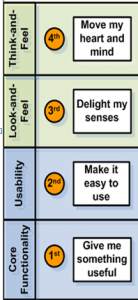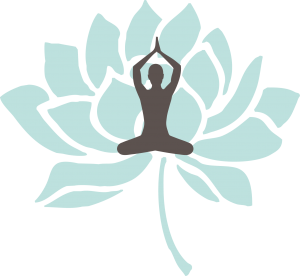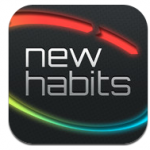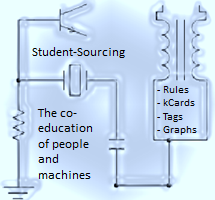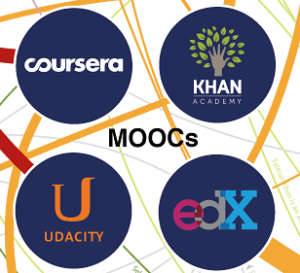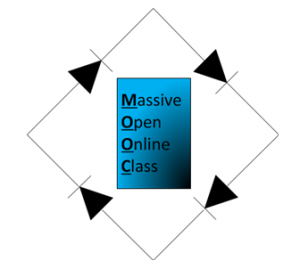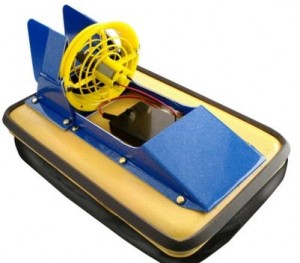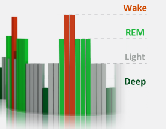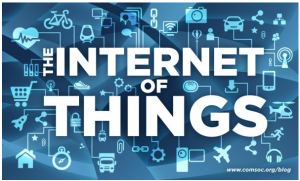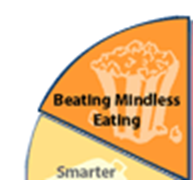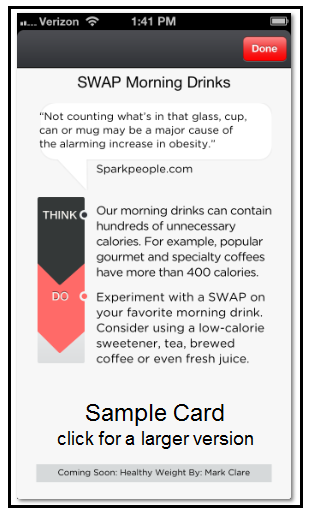Do You Know Your Higi Score?
Sunday, November 1st, 2015 Many of us have seen the sit-down stations in drug stores that have you put an arm in a sleeve and give you a blood pressure and pulse reading. The folks at Higi have gone further to create a interactive health kiosk that captures blood pressure, pulse, weight, body fat and BMI and uses it to compute an overall health score called the Higi Score.
Many of us have seen the sit-down stations in drug stores that have you put an arm in a sleeve and give you a blood pressure and pulse reading. The folks at Higi have gone further to create a interactive health kiosk that captures blood pressure, pulse, weight, body fat and BMI and uses it to compute an overall health score called the Higi Score.
You create an account, provide some basic information such as height and age and your progress is tracked. You can access your info from the station, a computer or an app.
There are levels, awards and even a way to create a winner-take-all challenge with a group of like minded Higi users.
They have nearly 10,000 stations across the US and some evidence that the Higi can reduce blood pressure in people that are hypertensive.
The evidence comes from a 3-year study involving 159,000 hypertensive users that was presented at an American Heart Association Meeting:
“Nearly half lowered their systolic blood pressure to below 140 mmHg, the cut-off for high blood pressure according to AHA. Both men and women across all age brackets saw lowered blood pressure over the course of the study.”
From a cognitive design standpoint interesting features and functions include the gamification and the way relatively complex health data (weight, BP, pulse and BMI) is rolled up into one score.
If designed correctly, this composite score can give me something that provides a signal that supports how I learn from feedback better than any of the individual measures.
The Weight Watchers program attempts to do this with a point system for foods.
Add in some gamification or socialization features that make it feel good to try and change the score and you may be able to get some lasting health behavior change.
Anyone up for a Higi challenge?

